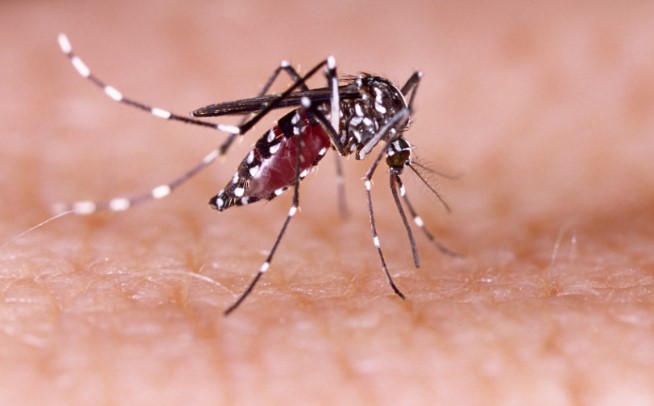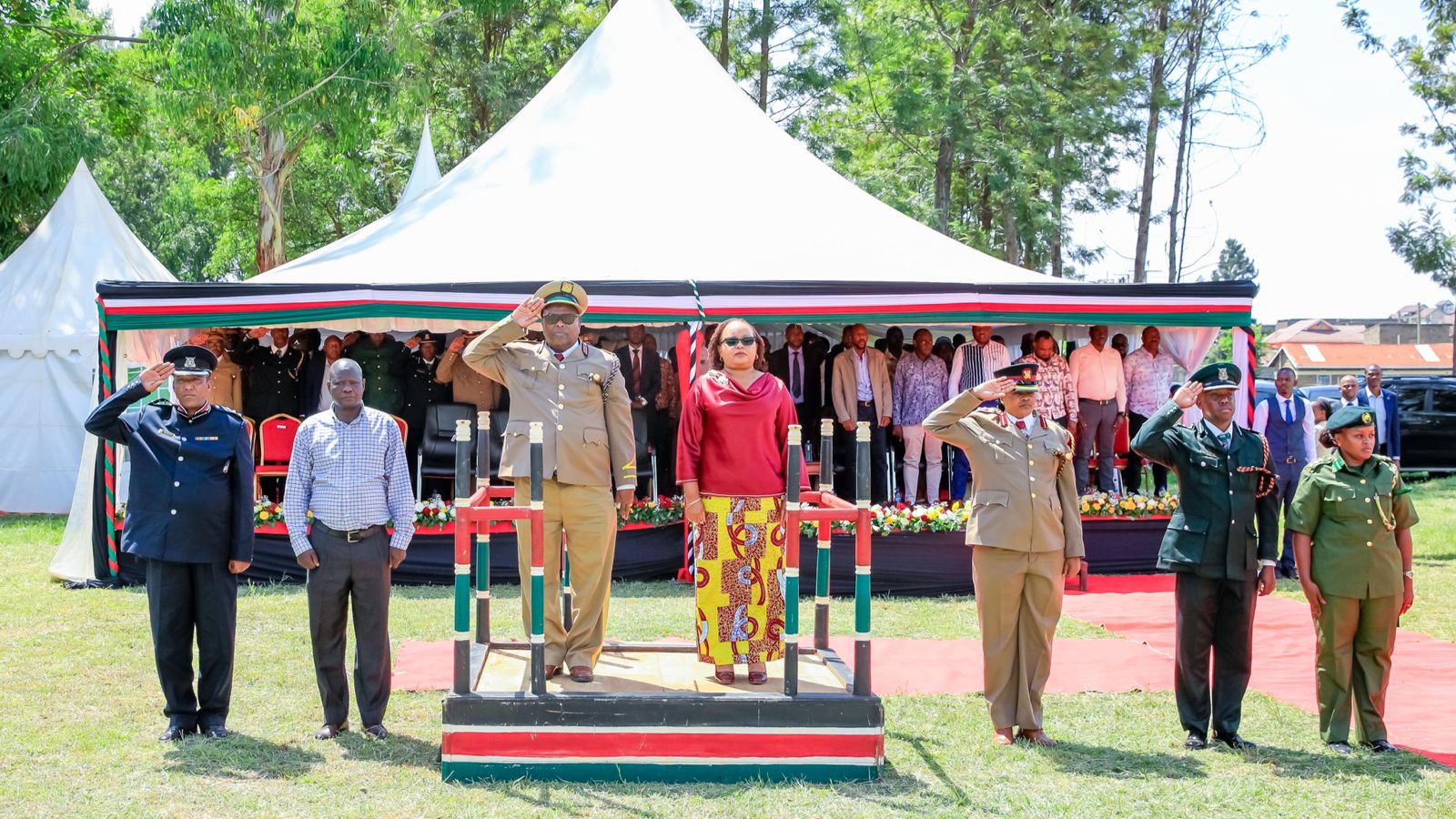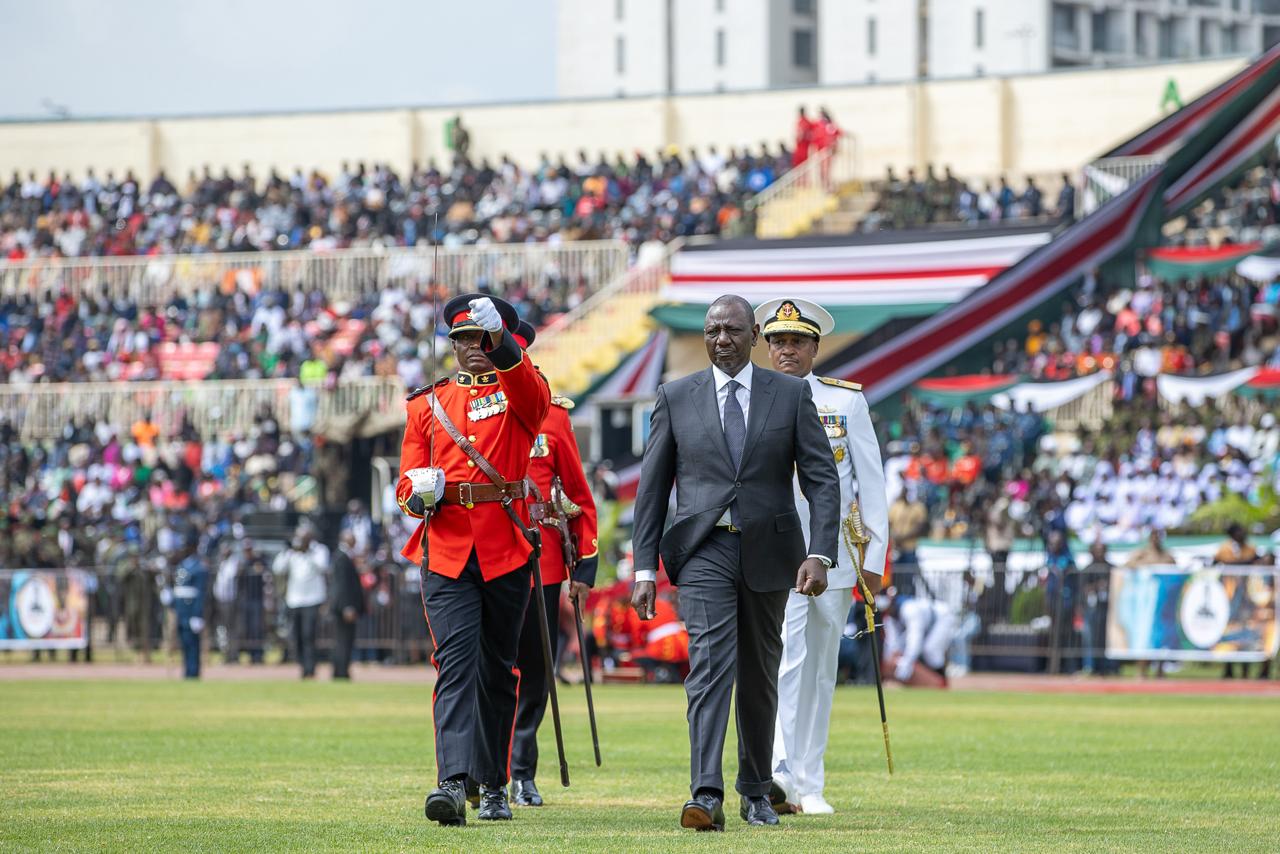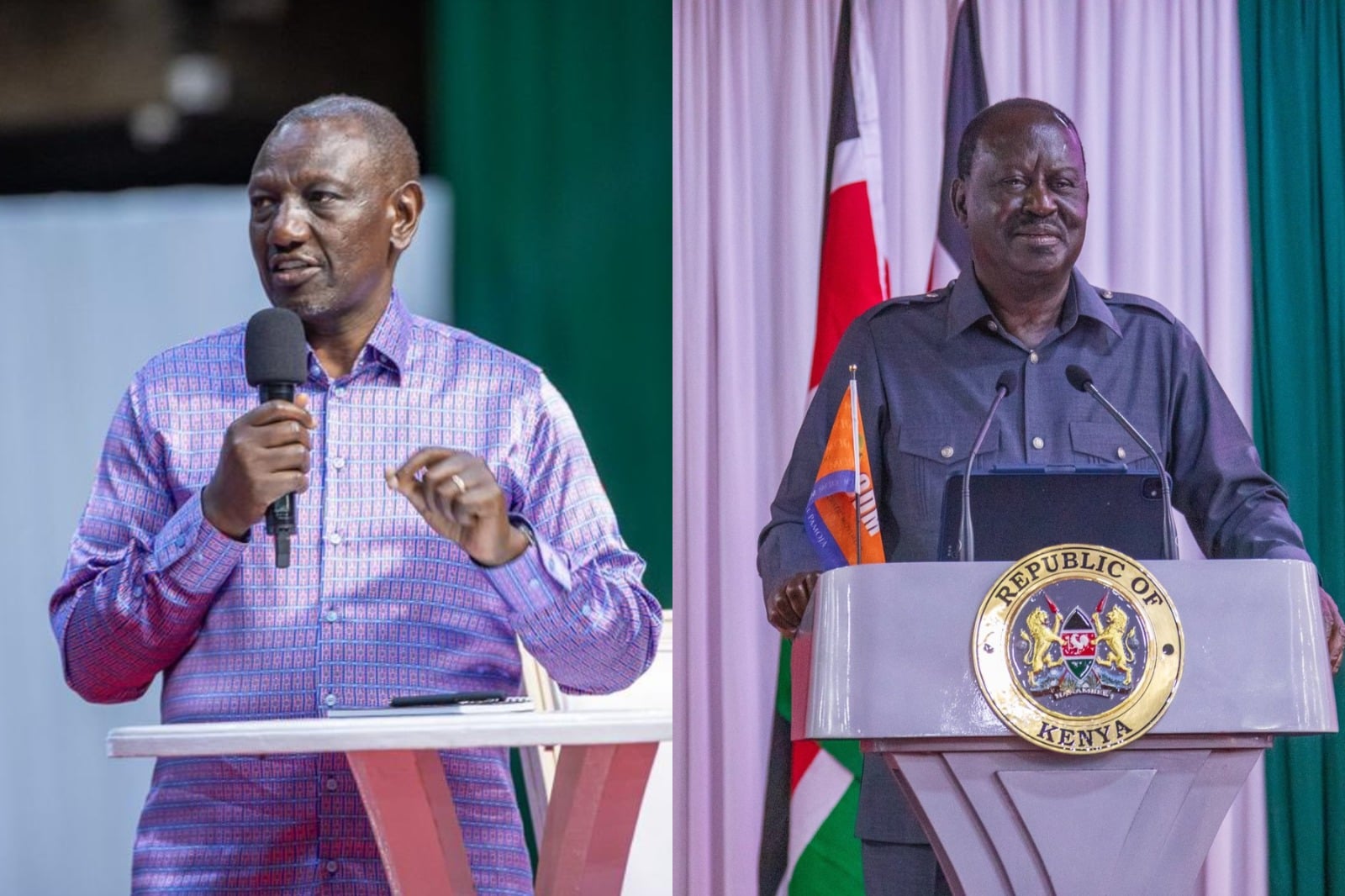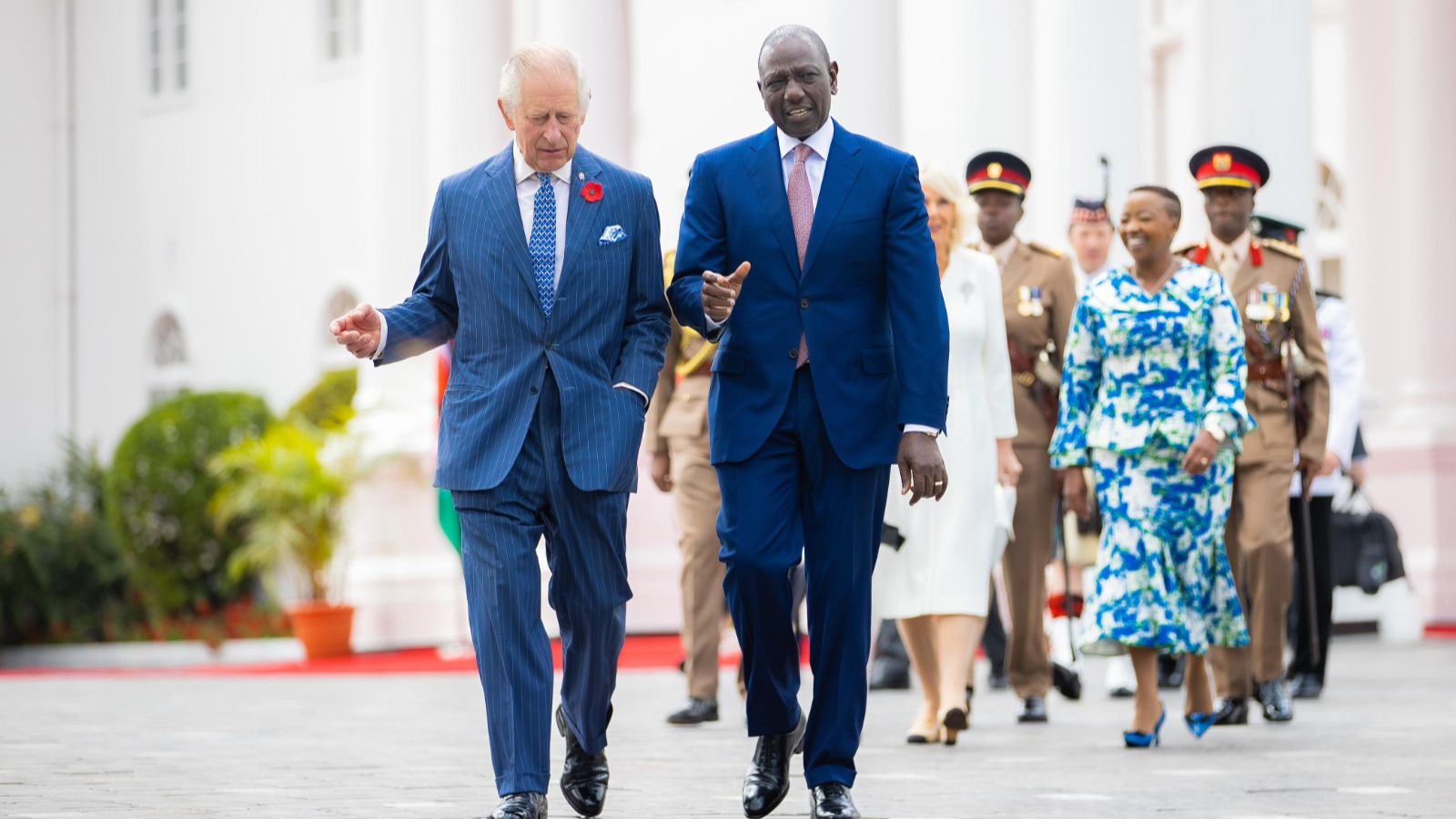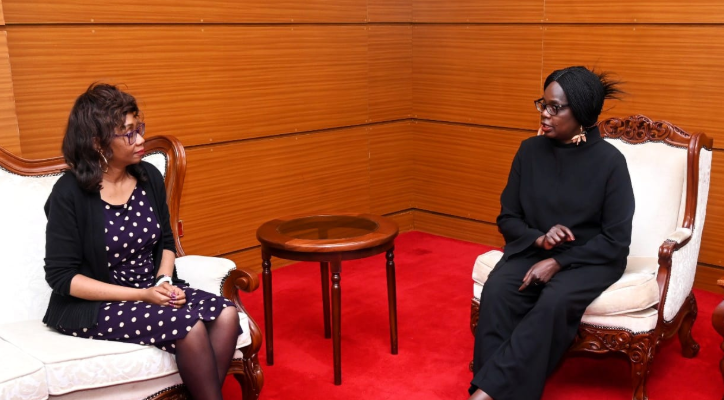Anopheles Stephensi, a new and dangerous mosquito vector, has been detected in Kenya raising concerns among citizens.
This was confirmed by the Kenya Medical Research Institute (KEMRI) and the Ministry of health’s Division of National Malaria Program (DNMP).
Anopheles Stephensi is a malaria vector that thrives in both urban and rural settings and this could highly lead to a surge in malaria transmission.
A study carried out in December 2022 across all the counties, indicates that Anopheles Stephensi is present in Laisamis and Saku sub-counties in Marsabit county of Northern Kenya.
The Division of National Malaria Program (DNMP), donors, and other partners have joined forces and intensified surveillance across the counties to determine the scale of distribution, behavior, and transmission dynamics of the Anopheles Stephensi for management purposes.
Read More
Malaria is among the leading killer diseases in Kenya and the larger Sub-Saharan Africa region. According to data from the Centres for Disease Control and Prevention (CDC), Kenya has an estimated 3.5 million malaria new clinical cases and 10,700 deaths annually.
Malaria is transmitted through bites of the Anopheles female mosquitoes. The female mosquitoes transmit malaria, as they feed on blood that they need for reproduction but the male mosquitoes feed on plants only and hence are not vectors.

Previously, Anopheles Stephensi was known to spread malaria in Southeast Asia and Middle East. In the last decade the mosquito has been reported in Djibouti in 2012, Ethiopia and Sudan in 2016, Somalia 2019 and Nigeria in 2020.
The Anopheles Stephensi exhibits different behavior from the known malaria mosquitoes in Kenya. According to the report, it mainly breeds in open tanks, jerry cans, and underground tanks. The new mosquito is invasive and can spread very fast to new areas and is adaptive to different climatic and environmental conditions.
By 2020 Kenya had reduced the burden of malaria by 50% from a prevalence rate of 11% in 2010 to 6% in 2020. In 2019, Kenya through a partnership with the World Health Organization (WHO) pioneered the use of the vaccine in some sub-counties in the lake endemic Counties.
By Sarah Mwangi
Sarah is a Communications Consultant.
